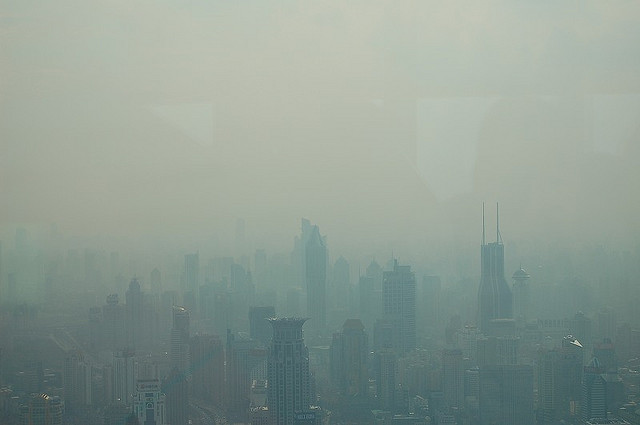Oxygen dependency begins at birth and ends with the last exhale of our bodies. The average human being breathes about 20,000 liters of air daily, and it is an increasingly dangerous task due to massive amounts of pollution. Breathing polluted air can lower your life expectancy 2-3 years, cause respiratory problems, non-fatal heart attacks, irregular heart beat, asthma, cancer, birth defects, brain and nerve damage, and lung injury. If you are a non-smoker, similar damage is caused to your lungs by ozone and small air particles. Pollution doesn’t just lurk outdoors, lying in wait for people to step out of their homes…indoor air can be 2-5 times worse and sometimes 100 times worse than outdoor pollution. One of the EPA’s top five environmental health risks is indoor air quality. Surprised? In fact, close to 2 million people die each year prematurely due to illness from indoor pollution. Children are at an even higher risk of these problems because they breathe more quickly than adults–maximizing their exposure to harmful air particles. Humans are not singularly damaged by air pollution; trees, buildings, crops, lakes, animals, and visibility are all deleteriously affected by dirty air.
Areas where there are high traffic roads, rail yards, or sea ports have more pollution than surrounding areas; exposure to such places lead to increased risk of cancer and decreased lung function. When sitting in bumper to bumper traffic, your car can fill up with pollutants, causing your car to have ten times the amount of pollutants than in most city air. Cars, ships, trains, buses, and trucks are associated with 90% of the cancer risk from air pollution. There are over 440 coal power plants in 46 states, and they contribute the most to the air pollution problem in the U.S.. Indoor air pollution can be caused by dust mites, pollen, mold, radon, carbon monoxide, and other harmful chemicals.
We all breathe, but what can we do to help ourselves, and the air? Some simple ideas:
1. Don’t exercise near high traffic areas
2. Check airnow.gov to see the quality of air where you live–it can change daily. If you are unhappy with your air quality, write to local Congress people and Senators to tighten the controls on power plants, and advocate for green energy.
3. Put plants in your home! Areca palm, Lady palm, Bamboo palm, Rubber plant, and Janet Craig dracaena are the top air purifying plants.
4. Conserve energy: turn off lights, don’t let your car idle, use canvas bags when shopping, and switch to eco-friendly light bulbs, and don’t run water excessively.
5. Walk, ride a bike, or take the bus or a carpool whenever possible!
6. Increase the ventilation in your home.
7. Salt crystal lamps pull water vapor (and contaminants) out of the air, so having a few in your house can really have an impact!
Now that the air’s a little cleaner, it’s time to fully enjoy it! Deep breathing practices have been around for centuries, and are clinically proven to reduce stress and aid in healing and a feeling of overall well-being. Most people in today’s society are not used to “belly breathing” because the societal “ideal” of a flat stomach. Instead of using the lungs to full capacity and allowing the stomach and diaphragm to fully expand, many people clench their stomach muscles and only experience shallow “chest breathing”, which can promote tension and anxiety due to poor airflow.
To practice deep breathing:
1. Find a comfortable quiet place to either sit or lay down. Observe your breath normally.
2. After a few breaths, begin to breath slowly and deeply into your belly. Fully extend your diaphragm and stomach. Breathe out through your mouth or nose–whatever feels natural for you. Alternate between normal breathing and deep breathing. Pay attention to how you feel during each breath.
3. Breathe deeply for several minutes. Place a hand upon your stomach and feel the rise and fall of your abdomen. Your chest should also rise slightly. Completely relax your stomach.
During deep breathing, mantras are often repeated such as Om, or So’ham (literally “I am that”). So’ham is supposed to sound like the inhale and exhale, so it is very easy to get lost in the exercise without over-thinking and losing the relaxation process.
Practice deep breathing for about 10 minutes at a time and slowly work your way up to 15 or 20 minute sessions.
Good luck and happy breathing 🙂
More in breathing: On Being Gentle
Just Breathe – A Story of Self Discovery Through Yoga
Also by Jessica: Fun with Spiralizers! Raw Zucchini Alfredo
___
Photo: Ethnocentrics via Flickr





